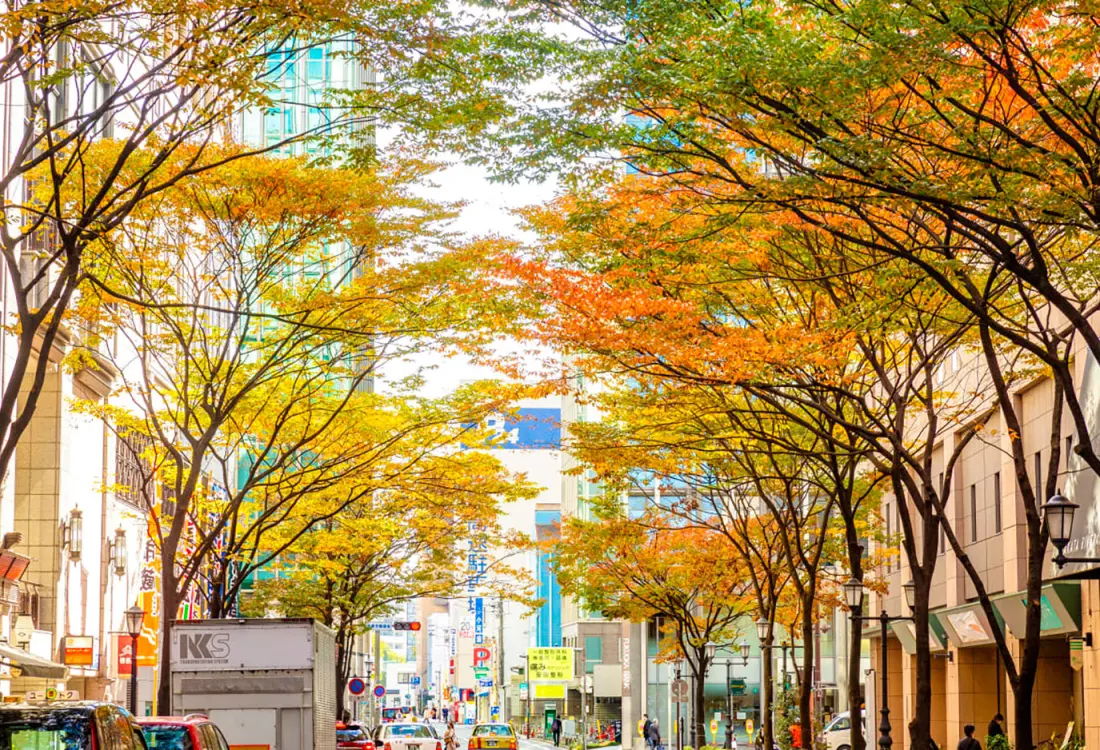
Fukuoka
A Food Sanctuary
There is a certain energy emanating from Fukuoka that is different from the rest of Japan. Some say that it comes from the entrepreneurial spirit of Fukuoka, which has fueled start-up companies and led it to be dubbed the “Silicon Valley of Japan.” The truth is Fukuoka has always been on the leading edge of innovation and nowhere is it more apparent than in its food culture. So renowned is the food in Fukuoka that tourists from other parts of Japan visit Fukuoka just for its famous cuisine alone.
I arrived in Fukuoka to partake in some of this gastronomic goodness. Visitors will find that Fukuoka is a very accessible city. It is a mere 5-minute subway ride from Fukuoka Airport to the middle of the city at Hakata Station, the same station where the Shinkansen bullet train arrives from other parts of Japan. Hakata is one of Fukuoka's busiest areas and the location of my first stop: Toriden Hakata Honten.
Toriden specializes in mizutaki (chicken hot pot), but this is not your run-of-the-mill hot pot; it is a delicacy offered as a multi-course meal. I got a taste of Toriden's popularity as I arrived twenty minutes early with a line of hungry locals already waiting at the entrance. Glad I had a reservation because I couldn't wait to go in and find out how something as simple as a chicken hot pot can draw such a crowd.

The friendly staff on the first floor greeted me, and complying with COVID-19 safety guidelines, they wore masks and took my temperature. After that, I was escorted to a large hall on the second floor, which had a large open dining area as well as smaller rooms for private parties. I enjoyed the restful ambiance of the place, making it a relaxing oasis for me in contrast to the city’s vibrant energy outside.

The secret behind the mizutaki is in the way it is prepared. Toriden only uses fresh free-range chicken, which is slowly simmered in broth for six hours. This slow process allows the collagen from the chicken to break down, resulting in a creamy yellow appearance and a rich consistency. So, not only is the mizutaki delicious, but it is also good for making your skin feel young again. While I was happy to learn of its health benefits, the divine aroma wafting from the broth was all I could focus on.
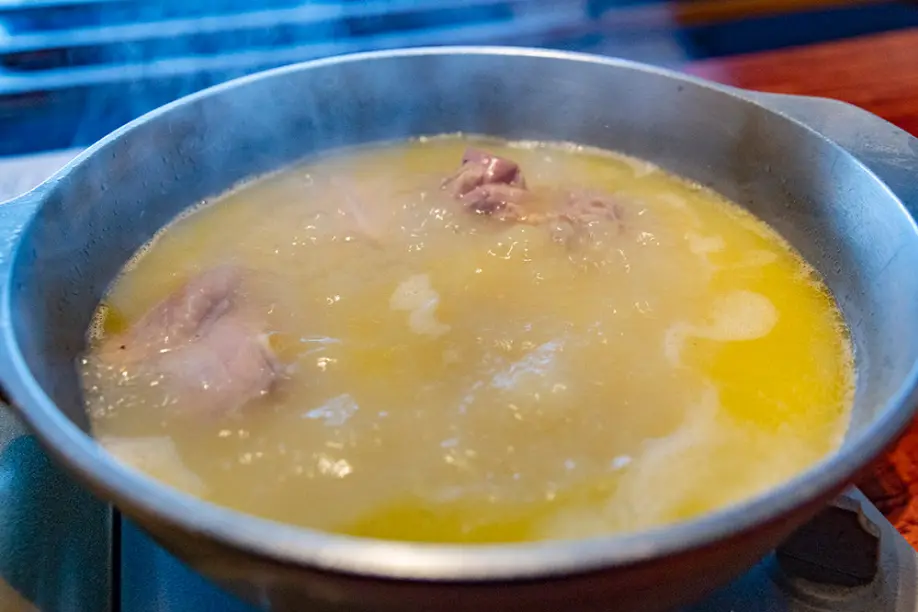
While I waited for the broth to simmer, the staff brought me the appetizer plate, which consisted of such morsels as a boiled egg on a bed of miso, a specially prepared cod roe, and roasted chicken. Following the appetizer, I sampled a delicious mackerel sashimi seasoned with sesame sauce and a dash of wasabi. Next, I was treated to a succulent dish of sea urchin served with egg, wasabi, and fresh yuba (beancurd), pure heaven for a seafood lover like me. I hadn't even tasted the mizutaki yet, but I was already in a blissful gastronomic state.

The chicken broth was now ready, and the staff served me a small bowl of the broth. I then realized why Toriden's mizutaki is such a hit with the locals. It had incredible depth of flavor, and though it could be eaten all year round, the warm broth is perfect for warming up on a chilly day. To be honest, I would have been happy to make a meal of just a huge bowl of this broth alone.
But, of course, there was more yummy goodness to enjoy, delivered expediently by Toriden’s helpful staff. Next up were tender pieces of chicken served in ponzu (a light, citrusy soy sauce) and topped with thinly-sliced spring onions. The fresh free-range chicken was the most delicate and tasty meat I've ever eaten. Even as I was savoring the chicken, the vegetables and chicken meatballs in the hot pot were tantalizing me with their rich aroma. By the time I got to the veggies and meatballs, the broth they were cooking in was tasting even more amazing.

To finish my lunch experience, I had a choice of either zosui (rice porridge) or Hakata ramen. I was in Hakata, home of its world-famous noodles, so I chose the ramen. To my delight, the staff served the Hakata noodles in the mizutaki broth. The thin, firm noodles and the broth were a winning combination.
No meal would be complete without a Japanese traditional dessert: ice cream with warabi mochi and sweet beans. It was the perfect way to cap off a spectacular meal. If you are a fan of hot pot, then Toriden is a must-visit destination when visiting Fukuoka.


When night falls on Fukuoka, the delicious smells from the yatai food stands of Nakasu begin attracting hungry visitors. The yatai are a symbol of Fukuoka, well known as casual places to have a good, cheap meal with a few friends or perhaps, make some new ones. It is a unique and surreal experience looking down a row of seemingly endless food stalls running parallel to the Hakata River. The colorful drapes are emblazoned with the names of the dishes they serve: Hakata ramen, tempura, gyoza dumplings, and yakitori grilled chicken.

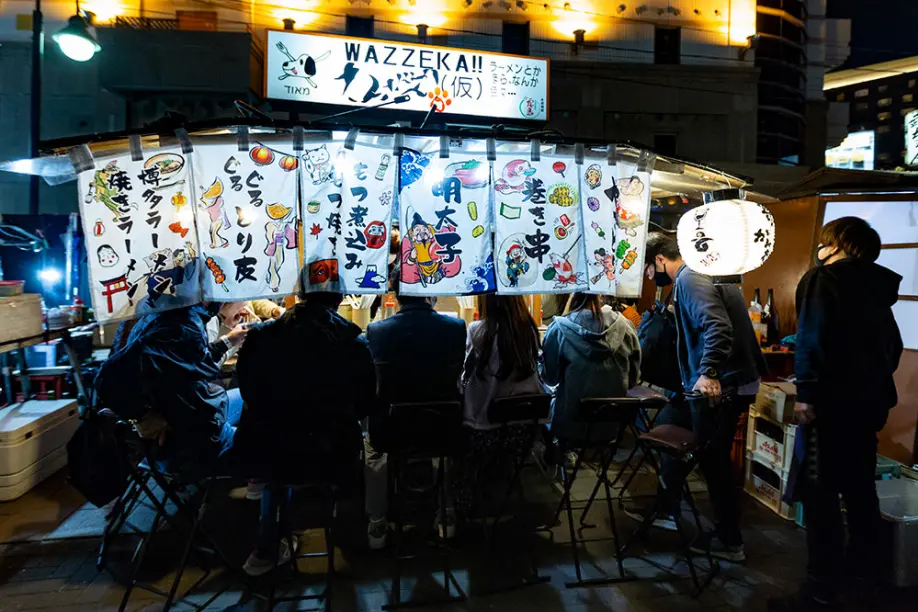
It was a busy night despite the chilly weather and I waited about 10 minutes until I found a seat at one of the food stalls. Food stalls are a great way to experience the warmth and kindness of Fukuoka people as they relax and spend time with family, friends, or colleagues. I ordered only three dishes as appetizers, knowing that I had a dinner reservation elsewhere, but they were so tasty that I could have easily consumed another three or four plates. The zucchini wrapped in pork bacon, the cheesy cod roe and avocado and yakitori grilled chicken were a perfect way to whet my appetite before the main meal of the day.
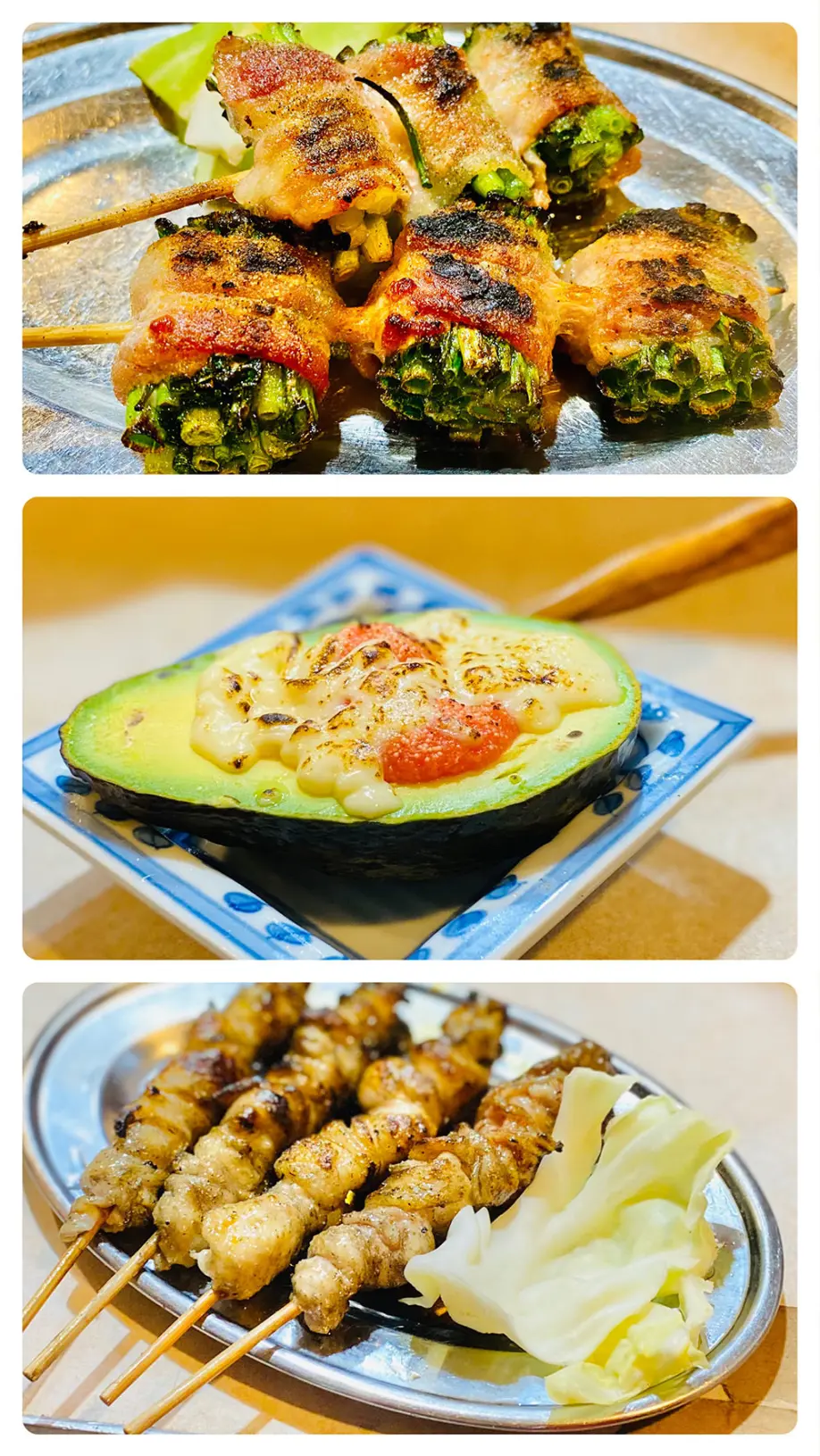
It was going to be hard to top the meals I had sampled already, but I had one more gastronomy stop in my food tour of Fukuoka. From the buzz on the Internet and what people had excitedly told me, Kajishika Restaurant would not disappoint me. From the yatai food stalls of Nakasu, it was a brief 15-minute walk to Kajishika, not nearly enough time to burn off the day's calories before being treated to a culinary feast at Kajishika.
Kajishika started as one of the food stalls in Nakasu, happily serving customers there for six years. Due to its popularity, Kajishika changed locations and became an Izakaya-style restaurant, successfully operating for four years. Outside the restaurant, a wall of well-lit lanterns and the original color drapes from its time as a food stall remind you of the restaurant’s modest history while making Kajishika stand out on what was otherwise a dark street.
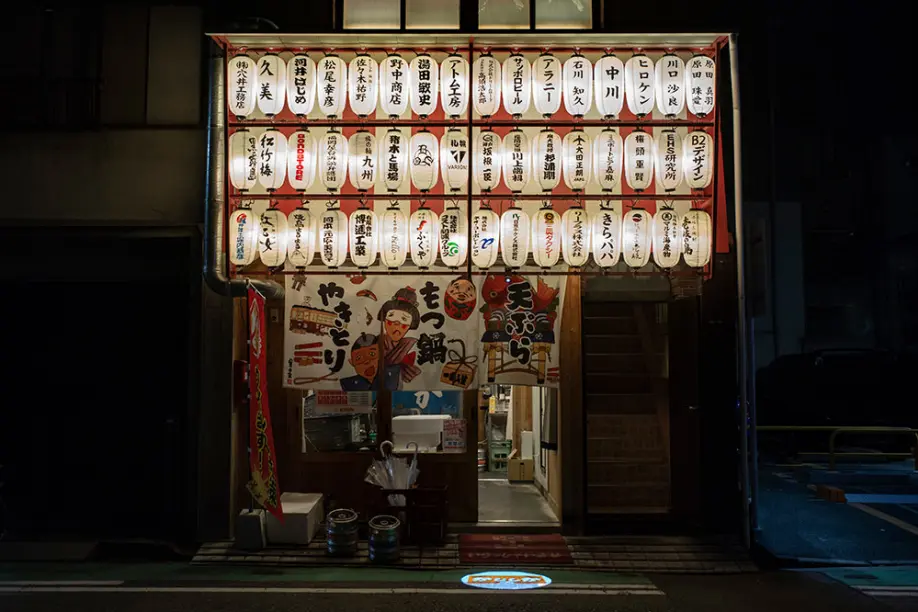
Kajishika takes the safety of its customers seriously in this COVID-19 environment. Inside, they check the temperature of each customer, all staff members wear masks, and transparent panels separate the customers from each other.

The master of the house, Katsuhiko Shimomura, greeted me with a friendly smile as he led me to my seat. The atmosphere of the place was warm and friendly. Shimomura-san even introduced the customers to each other, announcing our names and where we were from. I chatted with and met people from Kyoto, Hiroshima, and other parts of Japan.
I ordered the Omakase course, leaving it to the chef to prepare a veritable feast for me. First, Shimomura-san brought me a popular dish during the time that Kajishika was a food stand: three different foods wrapped in pork belly meat. The tomato roll is quite common among the yatai, but the flavor and color of Kajishika’s version were extraordinary. The negimaki (crunchy green onion roll) was sublime and perfectly complemented the pork. Lastly, I tried the muscat grape roll, and to be honest, I wasn't sure how grapes and pork meat would taste together but it was so amazing, I ordered another serving.

The next dishes were as pleasing to look at as they were to eat. Kajishika strives to give its customer a Japanese aesthetically pleasing visual experience with their meals. I had to admire the presentation of the sashimi and scallop dishes before digging in.


Many more dishes arrived as a blur, but two dishes, in particular, stayed in my memory long afterward. The first was the grilled yakisoba. Kajishika serves a generous portion of the yakisoba, and the flavor of the noodles, eggs, and vegetables was deliciously savory. The other highlight was the fruit dessert, which I can only describe as a work of art. The melon was cut into the shape of a heart, and other fruits were cut into floral decorations.


Kajishika lived up to its billing as one of Fukuoka’s top dining destinations. Apart from the scrumptious food, the chefs and staff were friendly and approachable. They were genuinely interested in me, listening to me while preparing first-rate dishes.

Fukuoka is a gastronomy destination like no other in the world. When visiting Kyushu, let the food culture of this vibrant city be a top priority on your list.
Note: This blog post was written during a time when preventive measures for COVID-19 were being undertaken. These measures are expected to be relaxed going forward.

Riz
Riz is a freelance writer, photographer, and adjunct university lecturer. He once mistook wasabi for matcha ice cream. Having lived in Japan for 20 years, Riz no longer makes this mistake. He is happily married, has 3 children, and one skittish cat.
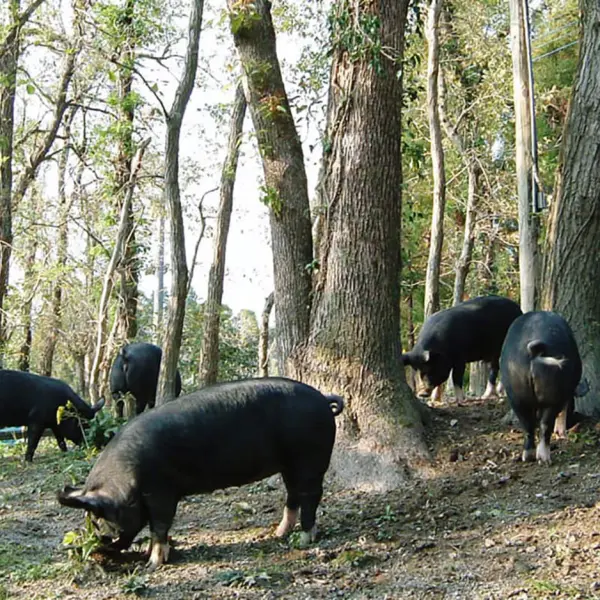 The delicious secrets of Kagoshima's free-range Kurobuta pork
The delicious secrets of Kagoshima's free-range Kurobuta pork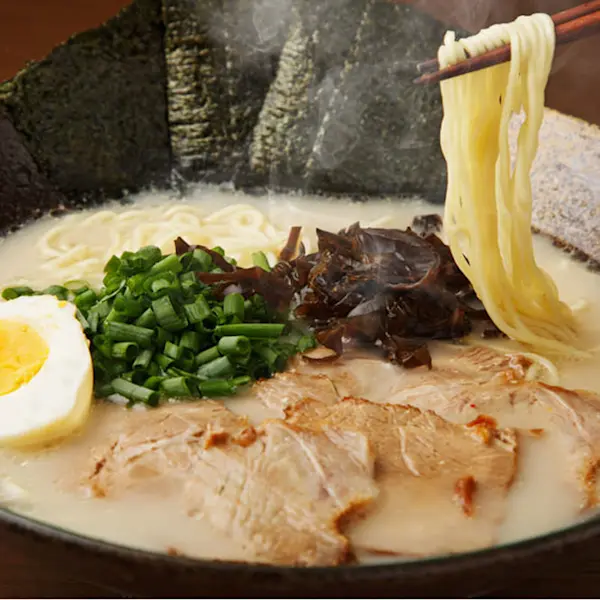 Everything You Need to Know About Fukuoka’s Famed Tonkotsu Ramen
Everything You Need to Know About Fukuoka’s Famed Tonkotsu Ramen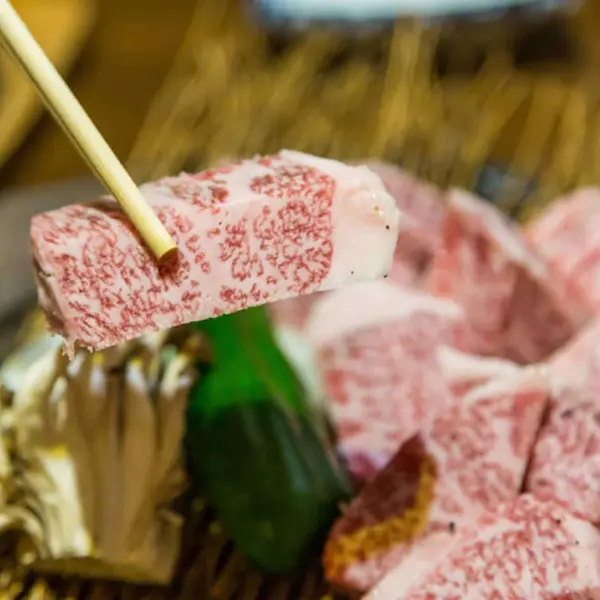 Saga Beef: Wagyu To Remember
Saga Beef: Wagyu To Remember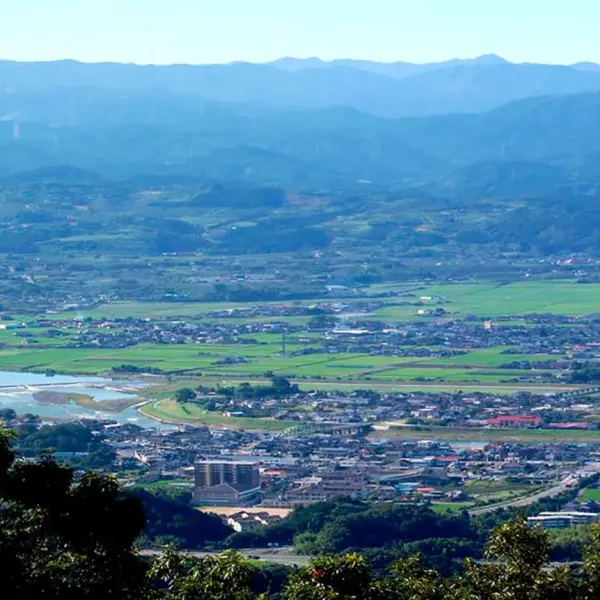 Discover Fukuoka's fruit kingdom
Discover Fukuoka's fruit kingdom Goto udon: a delicious legacy of Nagasaki's ancient trade routes
Goto udon: a delicious legacy of Nagasaki's ancient trade routes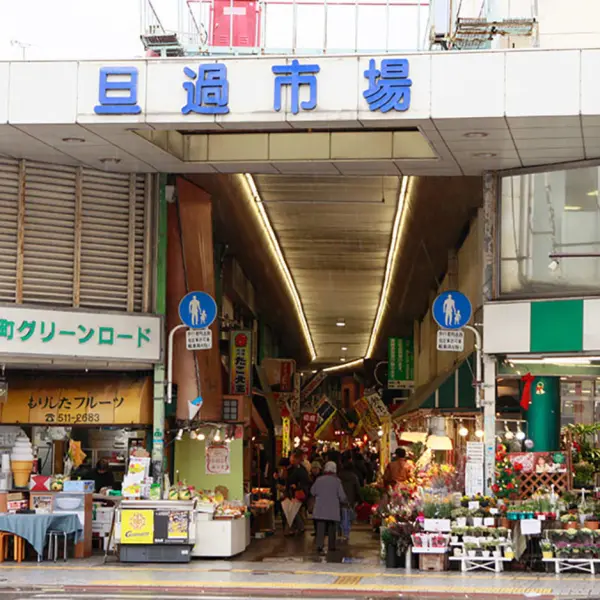 Feast your senses at Fukuoka's bustling fresh food market
Feast your senses at Fukuoka's bustling fresh food market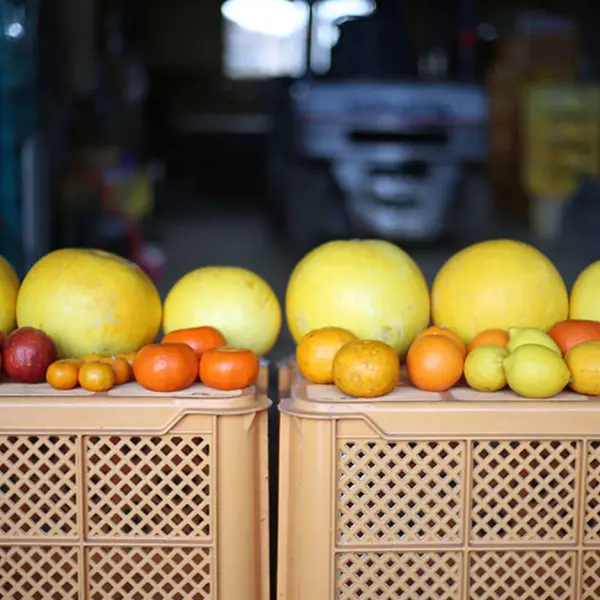 Cultivating the world's largest citrus fruit in Kumamoto
Cultivating the world's largest citrus fruit in Kumamoto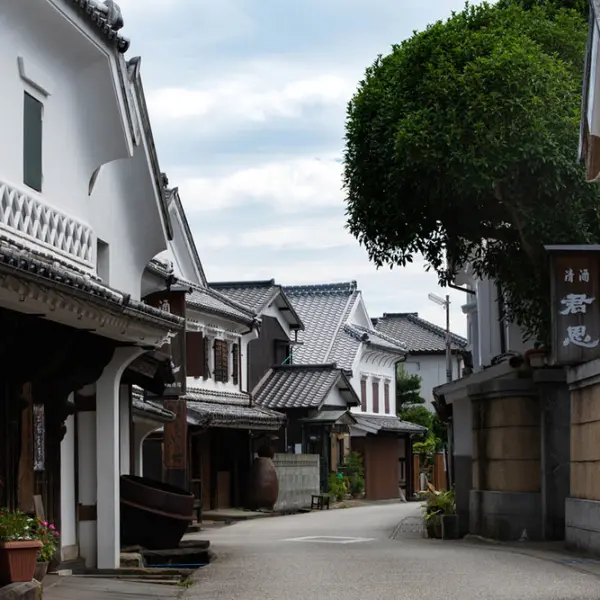 Hizen Hamashuku: Historic breweries that house the world’s best sake
Hizen Hamashuku: Historic breweries that house the world’s best sake In the shadow of a volcano: the world's largest daikon radishes
In the shadow of a volcano: the world's largest daikon radishes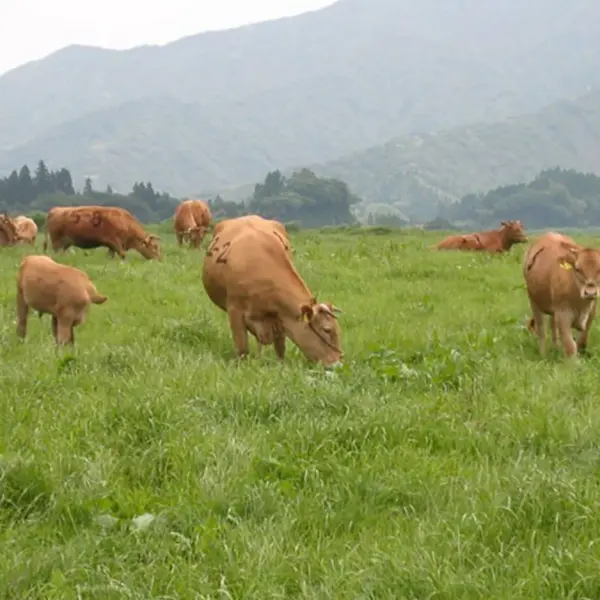 Raising Kumamoto's famed Japanese Brown Cattle
Raising Kumamoto's famed Japanese Brown Cattle




